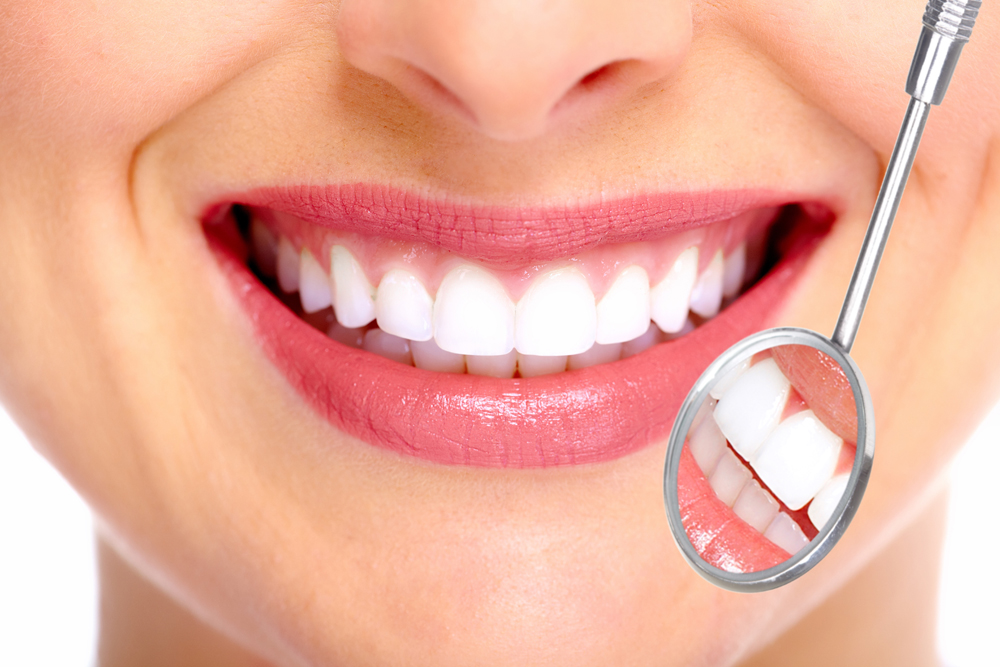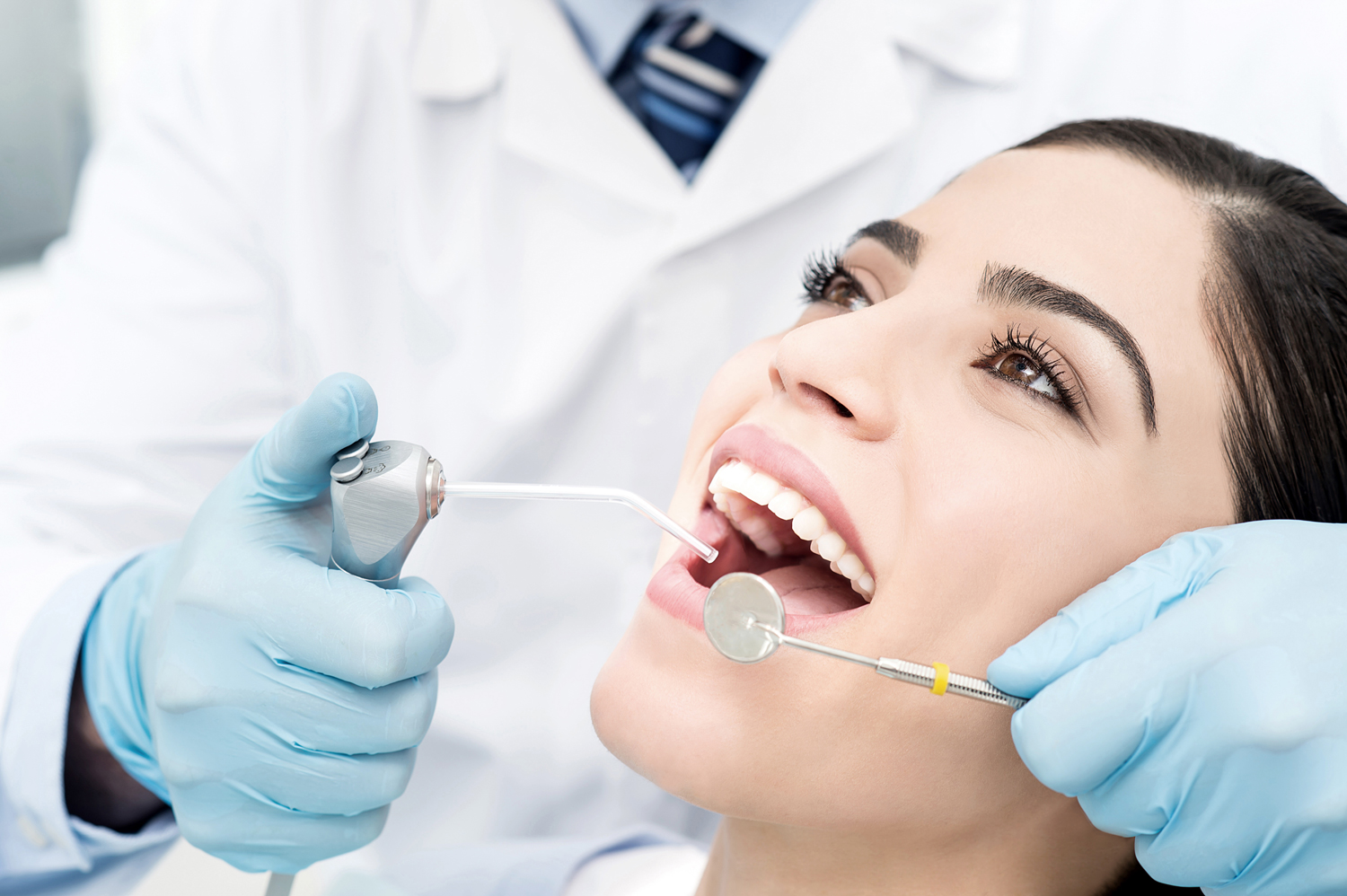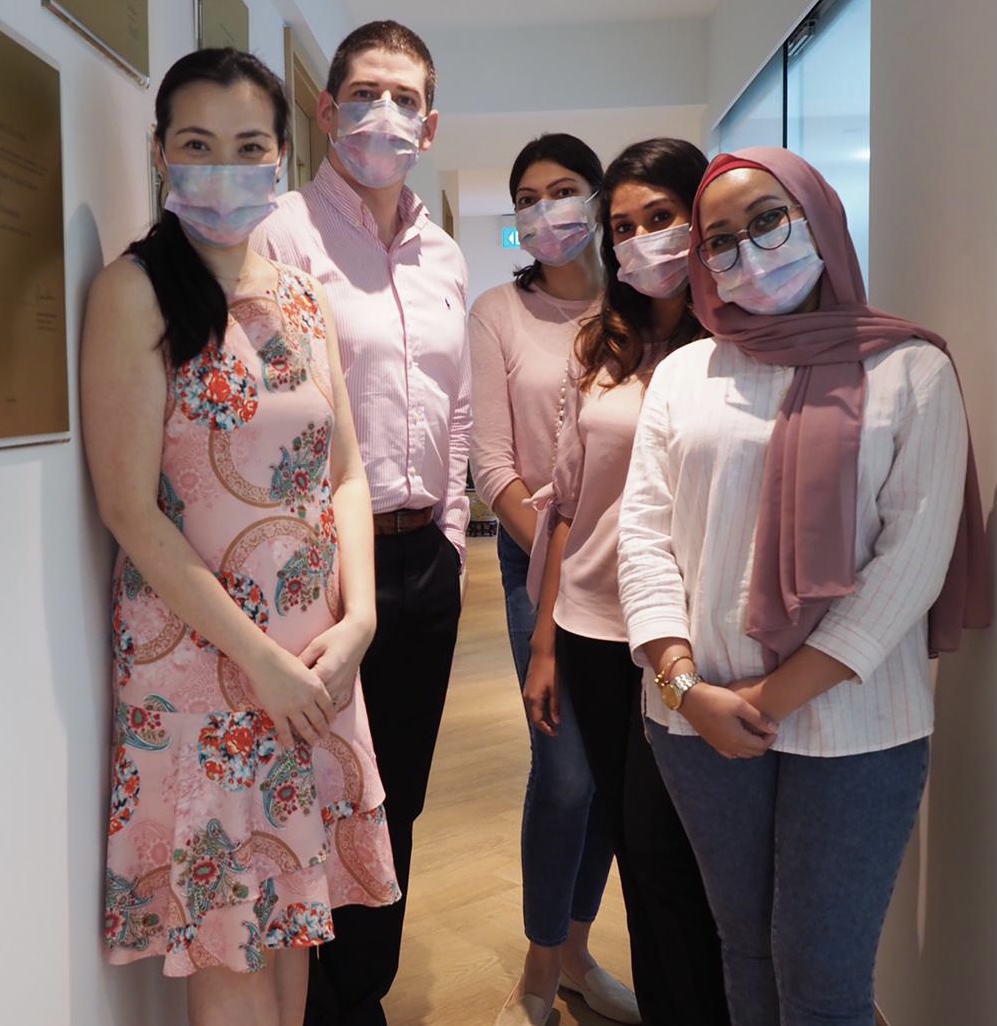My Healthy Gums: Pink is My Favourite Colour!

Dentists are often all about the colour white: White teeth; white veneers and crowns; whitening products…the list goes on for this colour. White symbolizes brightness, freshness and health. However, another colour that dentists are often excited about is that of pink. Pink coloured gums, soft tissues of the mouth as well as the tongue, are usually indicators of healthy, normal tissue. Of course, there may be varying shades of pink, or sometimes even shades of brown and black depending on genetics and skin tone. An assessment of the colour and texture of all the soft tissues of the mouth is part of the routine of a good and thorough 6-monthly dental checkup.

Did you know that the colour of your gums could actually also tell you about the state of health of the rest of your body? Research shows that systemic and chronic diseases such as diabetes, heart disease and osteoporosis have links with gum and periodontal disease.
Gum disease is the term used to describe inflammation of the gums only. Periodontal disease results when there is further infection of the underlying support structures of the teeth, and there is a gum attachment loss and bone loss.
Of course, colour is only one factor to consider when looking at how healthy our gums are. It may be helpful to remember the 3 C’s when it comes to gum health: Colour, Contour and Consistency.
Let’s explore the different possible colours your gums can take on, and what these mean in terms of your health:
· Firm and pink gums are a good indication that you’re taking care of your teeth and gums. Remember that gums can be light or dark pink to be healthy.
· Red gums are the most common sign of inflammation, and are often accompanied by bleeding on brushing. Red gums can often look swollen or puffy, and in some cases could appear “flappy” or peeling away from the teeth. Red gums are often sensitive or painful, but you’d be surprised to know that pain is not always a presenting complaint for patients with periodontal disease.
· White or very pale gums or soft tissues can occur due to a variety of reasons.
- Routine dental treatments, such as whitening or extraction of teeth, can cause the gums to become whiter or paler than usual. The colour usually returns to normal a short while after the procedure.
- Trauma by accidentally hurting the gums while brushing or from biting can cause ulcers, which are often white in colour while they heal. A denture that chronically rubs onto the gum tissues can also cause white patches or areas.
- Clenching of teeth over long periods of time can cause white ridges to appear on the insides of our cheeks. These are caused by an over production of keratin as a protective mechanism to the soft tissues.
- Fungal infection or oral thrush presents as a white film that can be wiped away from the gums or tissues. This can occur in babies, the elderly or the immunocompromised. Oral thrush is usually treated with oral or topical anti-fungal medicines.
- Anemia results in a reduced amount of hemoglobin in blood, causing gums to appear pale or white.
- Leukoplakia are thick white spots or patches that are not able to be wiped away from the gums, cheeks, or the bottom of the mouth. These patches can appear completely white or sometimes speckled. If you have a white patch that does not go away after 2 weeks, see your dentist as it may require further investigation.
· Plaque that’s not removed with brushing or flossing will harden by absorbing minerals from the saliva. Build up of tartar or calculus that’s visible above the gums usually takes on a creamy yellow colour. These deposits cannot be brushed away, and need to be professionally removed by your dentist or hygienist.
· Deep pink or purplish gums can be a variation of normal. On the other hand, severely inflamed gums and severe cases of gingivitis can also present as this colour, especially when other signs and symptoms such as pain, swelling, change in consistency and contour are present.
· Grey coloured gums are often a sign of an infection known as Acute Necrotising Ulcerative Gingivitis, or “Trench Mouth”. This condition may be accompanied by a bad smell, severe pain, bleeding and swelling. The gums are often flattened, with the grey areas being dead gum tissue.
· Although pink is the colour of gums for light skinned individuals, patients of Asian, African or Mediterranean descent can have darker gums due to melanin pigmentation. Other reasons for black or discoloured gums include:
- Hormone imbalances such as Addison’s Disease.
- Medications such as some antibiotics, anti-malarial drugs, antipsychotic drugs and cancer treatment medications.
- Nicotine in tobacco products can activate melanin-producing cells, making the gums darker.
- Bluish/black spots can be due to amalgam tattoos caused by amalgam fillings in teeth, and can linger even after the tooth has been extracted. These are not dangerous.
- In rare cases, black spots in the gums or soft tissues could be a sign of oral cancer.
Now that we’ve discussed what colours are considered normal for different individuals, here is checklist to ensure that we keep our gums healthy:

1. Toothbrush: Using a soft-bristle manual or electric toothbrush that has a small enough head to get into hard-to-reach areas. Remember to brush at least twice a day, for 2 minutes, waiting at least 20 minutes after meals.
2. Toothpaste: Fluoride-containing toothpastes promoting better gum health (such as Colgate Pro Gum Health for example) are useful for patients with gingivitis or periodontal disease.
3. Dental floss and interdental brushes: Flossing and the use of smaller interdental brushes are extremely important in patients wanting to maximise their gum care. Floss and interdental brushes allow us to remove plaque and plaque bacteria from between teeth and from any gum pockets.
4. Mouthwash: Mouthwashes should not be seen as a replacement for good plaque removal with toothbrushes and flossing. However, your dentist may recommend medicated mouthwash for short-term use to help improve acute gum disease conditions.

5. Regular dental visits: Checking the health status of your teeth, gums and soft tissues form part of a good and thorough dental checkup. At Skye Dental, our dentists would recommend 4- to 6-monthly dental checkups based on your individual needs, so as to help assist you in maintaining good oral health for life.
So the next time you brush your teeth, have a good look at your gums, cheeks and tongue in the mirror. Check their colour, contours and consistencies. Remember to contact your dentist if you have any concerns, and they can help you figure out what is healthy and what’s not.

The Skye Dental Team would be more than happy to help you if you had any queries regarding what was written in this blogpost.
Blogpost written by Dr May Ling Eide and Dr Andrew Doig.
